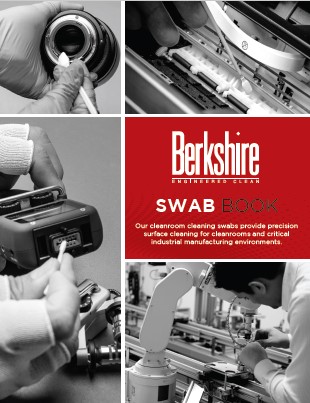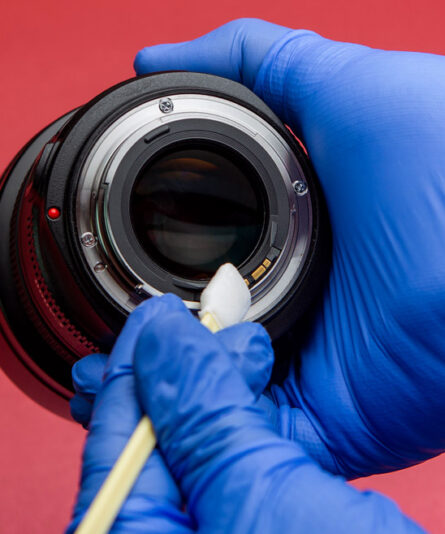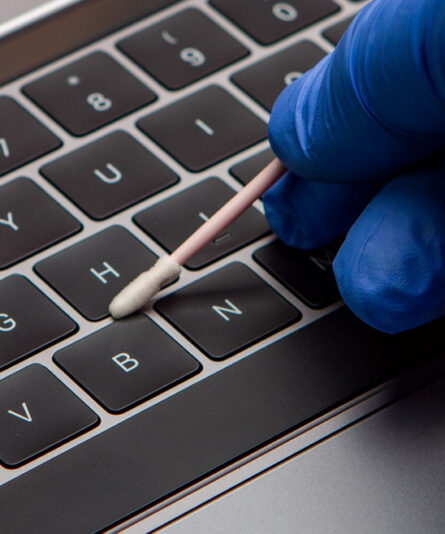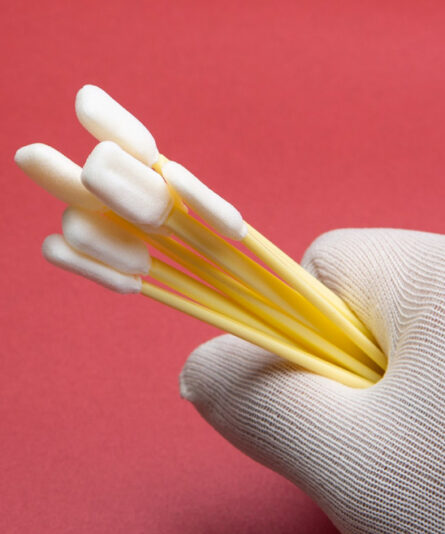Berkshire Products, Knowledge Base
What types of swabs are suitable for clean environments?
Different types of cleanroom swabs are made from various materials, each with advantages and disadvantages depending on the specific application. Below, we have listed the most common materials used for swabs and the considerations to remember when choosing a swab for your critical environment.
ESD SWABS
ESD swabs are suitable for preventing damage from electrostatic discharge. They come with unique antistatic handles that can dissipate static buildup. ESD swabs are famous for cleaning sensitive electronic components. They provide better consistency and cleanliness than non-static-safe swabs.
COTTON SWABS
Cotton cleanroom swabs offer reliable performance in various industries such as critical manufacturing, biotech, fiber optic, print, and medical device manufacturing. Cotton material is resistant to many solvents and solutions used for cleaning.
KNITTED POLYESTER SWABS
Knitted polyester swabs resist tears, snags, and heavy-duty solvents typically used in cleanrooms. The material has low NVR and particulates and is thermally bonded to the handle, which means it has no contaminating adhesives.
MICROFIBER CLEANROOM SWABS
Microfiber cleanroom swabs are famous for their excellent polishing, particulate-picking, and cleaning capabilities. Microfiber is created from ultra-fine synthetic yarns that are split into millions of microscopic fibers, which can be up to 100 times finer than human hair. The fibers provide a vast surface area and make them highly absorbent. The tip of the swab traps or encapsulates the particulates in the material.


























HAVE AN IDEA FOR CONTENT?
We are always looking for ideas and topics to write about.
Contact Us